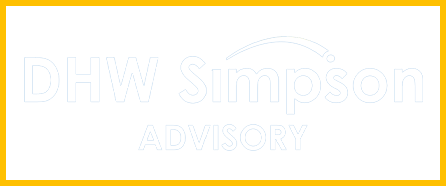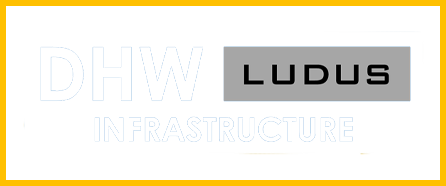The sports industry spends plenty of money, time, blood, sweat and tears developing new participation programs with varied success. So, what are the keys to sustainability? Where do unsuccessful programs fall over?
DHW Simpson Advisory has recently had the pleasure of working with a number of Victorian State Sporting Associations (SSAs) who are at various stages in the process of developing participation programs. This article looks at four common shortfalls in program development and planning we have observed that serve to undermine long-term sustainability.
First, What is Sustainability?
Before getting started, it’s worth clarifying what we mean by the ‘sustainability’ of a participation program.
The best way of defining sustainability in this context is that the program can continue to be delivered effectively, on financial terms that are agreed, accepted and understood by the key parties (such as internal stakeholders, deliverers and clubs).
For some programs, that means generating a surplus. For others it might mean breaking even. For others again, it might mean making an accepted, reasonable, transparent, fixed investment in the program year-on-year for the payoff of getting more people participating in the sport.
Our work has highlighted four common shortfalls that are threats to programs being sustained on such terms.
Four Common Shortfalls
- An Ill-conceived or Untested Delivery Model
Put simply, a delivery model sets out what needs to be done to deliver the program, by whom, and using what resources. This is not just about the direct delivery of the program, but everything required to support it including program management, sales and marketing, delivery and customer retention.
Too often, sports spend their time coming up with great program ideas to solve a business problem and meet a customer need, without putting the same effort into how that program will be delivered. They don’t think through critical questions like:
- What needs to be done?
- What resources and capabilities are required?
- Do we have access to these resources and capabilities?
- Who should be responsible and accountable for what?
Alternatively, where the initial thinking has been done, it is often untested. For example, sports might plan to deliver a new, modified participation program through their club network, but haven’t tested the practicalities, barriers or, most importantly, the ‘what’s in it for us’ question with the clubs themselves.
Sure, having a great product is critical, but without a clear and feasible plan to get it to your customers, it won’t fly.
- No Robust Financial Model
A sound financial model is vital for ensuring that decision makers fully understand the conditions under which a program will meet the financial objectives of the organisation (be that a profit objective, breakeven or a controlled investment).
In our work with sports, what we often see in place of a financial model are high level budgets, perhaps underpinned by initial seed funding, but without a clear understanding of:
- Tested, ongoing, sustainable revenue streams
- The overheads required to sustain the program (including human resources and ongoing budget for program management and improvement)
- The variable costs incurred in the actual delivery of programs
- The drivers of revenue and costs and the financial impacts of changes in key assumptions or conditions
Once these are documented in a working financial model, Program Managers can begin to understand how they can adjust the ‘levers’ of price, costs, volume, third party funding or internal investment to improve the sustainability of a program.
- Lack of Internal Buy-in
The best laid plans can be scuppered if you don’t have the right people on board. Those people could be Directors and/ or senior executives in the organisation (especially where internal investment is required), influential cross-departmental colleagues (e.g. marketing or coaching) or partners in the delivery chain (e.g. clubs).
Program Managers need to identify who these people are, along with their needs and expectations, as early as possible in the process. They should ask themselves:
- Which stakeholders does the success of my program rely upon?
- What is important to them?
- How does my program deliver on those things?
Once these questions have been answered, these stakeholders need to be targeted with clear and consistent (two-way) communication.
- Things Aren’t Written Down!
Last but not least is documentation. So much hard work never gets put on paper. The rule is simple: if it’s not documented it’s not done!
Documentation is vital for a number of reasons. First, it allows for a shared understanding of critical program elements, aiding in communication to and comprehension among stakeholders. Second, it mitigates against the risk of loss of IP from staff turnover (something that we see all too often). Third, putting something down on paper requires a crystalisation of thought that is not needed for a series of thought bubbles in someone’s head. Not only does this help to iron out any wrinkles, but it also makes it easier to articulate these things to others.
So document key program elements along the way and update them as they evolve.
Summary
While addressing these four issues will in no way guarantee a sustainable and prosperous program, it will certainly help. What’s more, these are the things that, in our experience, are most often missed. So make sure that they are kept front of mind in your program development.
In our next article, we will focus on an aspect of program development that we believe requires more attention – the value proposition. Who should they be developed for, and their criticality for program success.
In assessing the sustainability of sport participation programs, DHW Simpson Advisory has developed our Program Sustainability Diagnostic Checklist. It is designed to enable prompt and affordable evaluation of the key aspects of program sustainability and can been used for SSAs, national sporting organisations, government authorities and private providers that have participation programs in various stages of development or execution. For more information, email mark.simpson@dhwcollaborations.com.au



